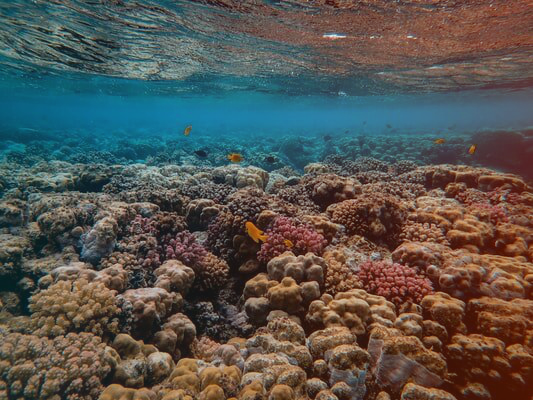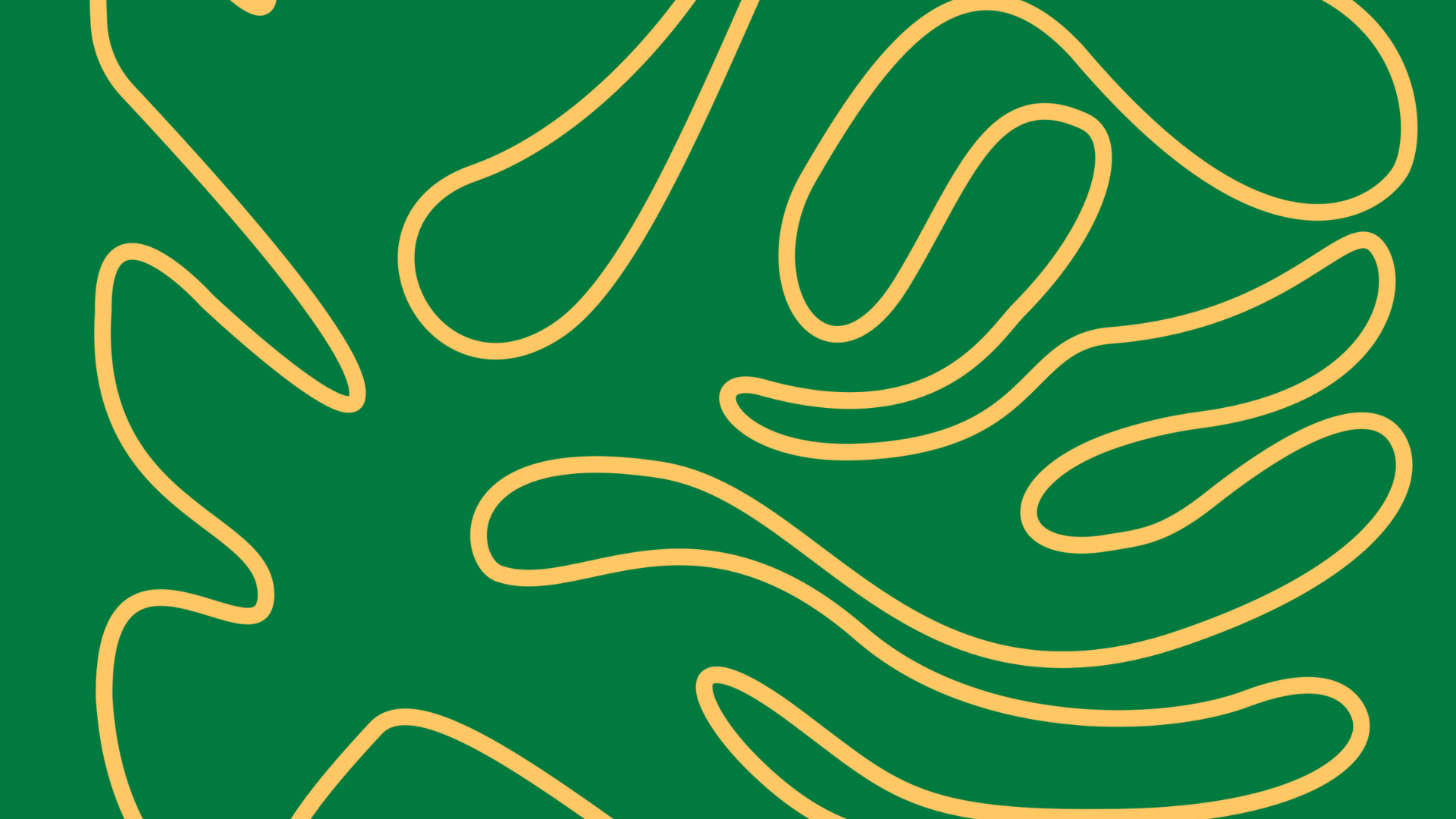
Marine
Sponges.
Marine Sponges.
Sponge Sensitivity.
The highest biodiversity for Reef Fish is observed on the external slopes between 8 m and 20 m depth. Another particularly important group is scleractinian corals (hard corals and reefs), of which a total of 138 are recorded, approximately 93% of those registered for all over the Caribbean. Sponges also constitute an important group from the biodiversity as well as its biomass on reefs.
Coral Communities.
During the studies conducted, 51 species of sponges were identified, and it is estimated that the richness & count for this group is significantly higher. Because sponges are bioerosion agents, the group of clones is distinguished. The superabundance in certain reef areas is an indicator of disturbance of the reefs. Sponges are very sensitive to any degradation of their environment and are a good indicator of water conditions (Callyspongia plicifera, Geodia neptu).
Organic Matter
Other sponges proliferate in areas subject to the important enrichment of organic matter (Cliona delitrix, Tedania ignis). This set of sponges can play an interesting role as indicator species. On coastlines devoid of coral reefs (e.g., southwest coast of Roatan, between West End Point and Big Cay) rocky bottoms are often occupied by flowering coral communities. These coral communities form a thin layer on the substrate, without there being a construction of a formation reef, stricto sensu. However, the biodiversity of these areas is often as high as within the bio-constructed reefs.

